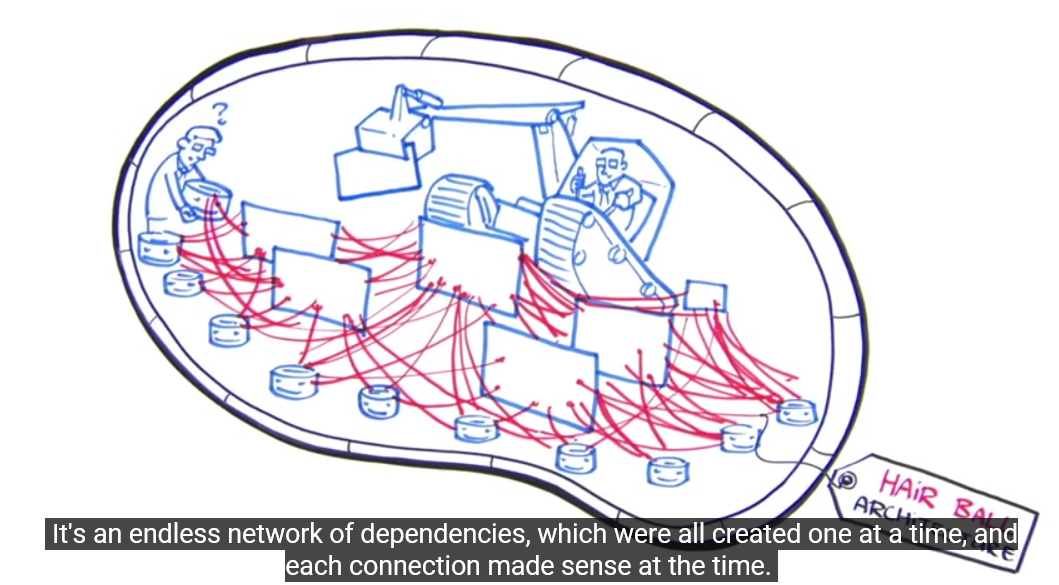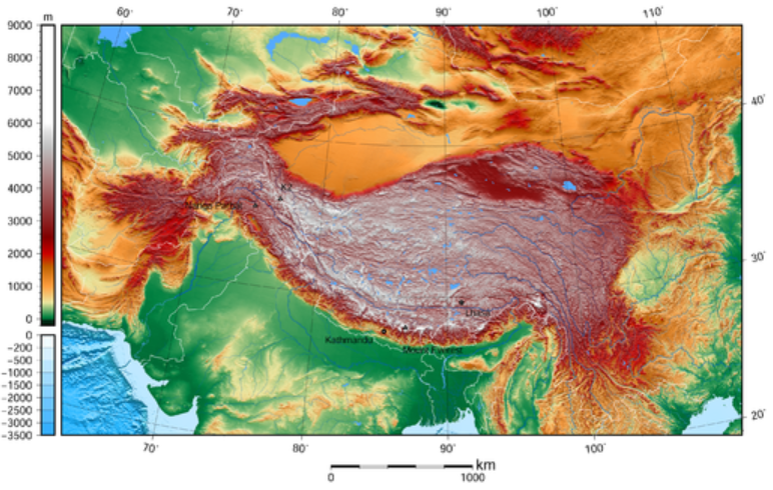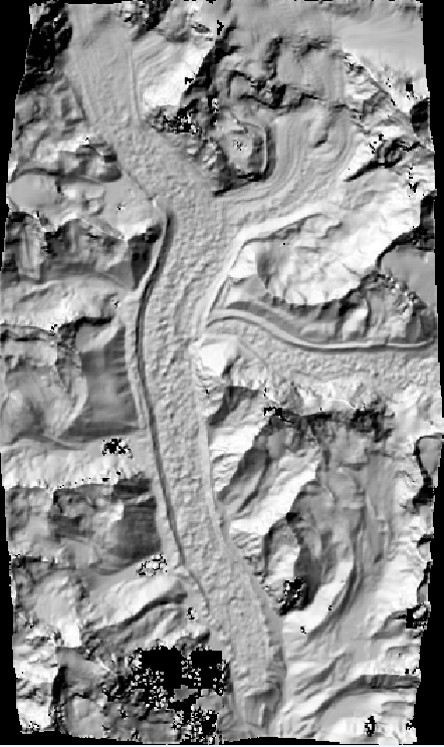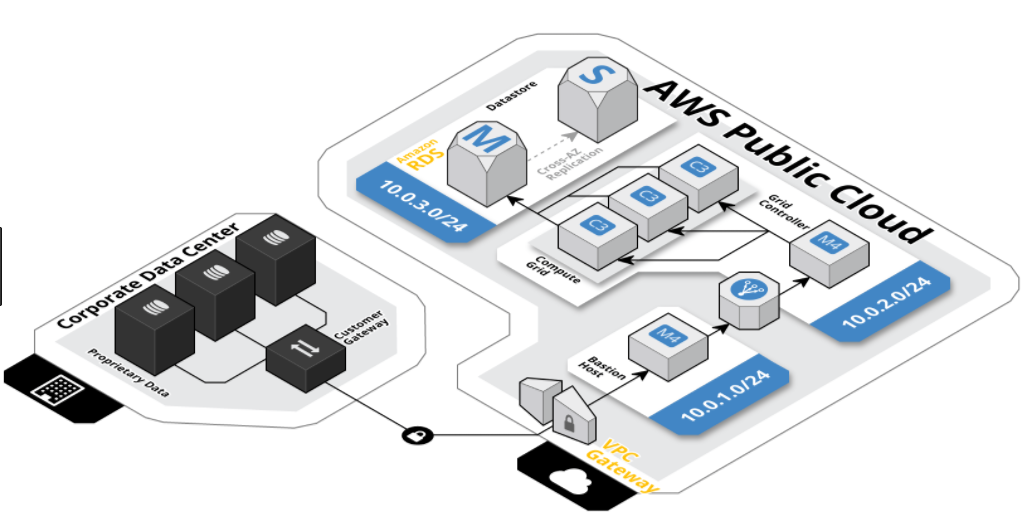Cloud computing basics with some hands-on for Foster School Of Business

Objective/Abstract
This overview lecture introduces the public cloud computing environment in the context of our Research-centric mission; where we pivot to address cloud technology in the context of Enterprise computing. Attendees will learn what comprises the cloud both in terms of core technologies and considering peripheral issues including cost management, data security, web frameworks, collaborative tools and cloud-related elements of project management. Further details on course material and related resources may be found at https://cloudmaven.github.io/documentation/rc_Foster101.html.
Pre-requisites
- Optional for hands-on activities: Bring a laptop or tablet
- Attendees are encouraged to investigate the cloud in advance and bring questions
- Our Cloud Maven technical website is at this link
- Navigate with the left sidebar drop-downs
- Google Android Studio
- Microsoft Azure Machine Learning Studio
- Amazon Web Services Lambda serverless computing
- World bank via F# type provider
Course Outline
- Welcome and logistics: You may wish to open a laptop + browser
- What is Data science?
- Introduction to cloud computing
- Why does the cloud matter to you (as a person in a business)?
- How can you learn about the public cloud?
- What are some strategies for thinking about the cloud?
- What is the pbulic cloud?
- Five pillars of compute / store / web / manage / services
- What are the alternatives?
- Who are the cloud providers?
- Key concepts
- Cattle not pets, storage not memory, rollback burn
- Research: sharing, collaboration, repro, student access, scale, security, IOT, cost management, institutional policy, …
- In commercial: scale, security, IOT, cost management
- Illustrative UW research case studies
- Cloud security in more detail
- Costing the cloud I
- Instances, rule-of-thumb prices, logging, alarms
- Reviewing the five pillars
- Compute (instances, scale, clusters, HPC/HTC, Spot)
- Storage (Buckets and Drives)
- Data management
- Data sharing, web frameworks, APIs, 99% principle
- Services
- AWS Lambda
- Azure Machine Learning Studio
- Google Android Studio
- Why is IOT a cloud story?
- Portability and cloud hopping
- Costing II: Dollars versus time
- More on cloud services: Managed databases
- Closing remarks ‘The only constant is change…’
- Principles of collaboration
- A Jupyter notebook to collaborate (link)
- How technology succeeds by vanishing
- Data science gets the last word: Peptide therapeutics and light sheet microscopes
- Principles of collaboration
Additional Notes
On Enterprise Architecture

From HIMAT



On Security
